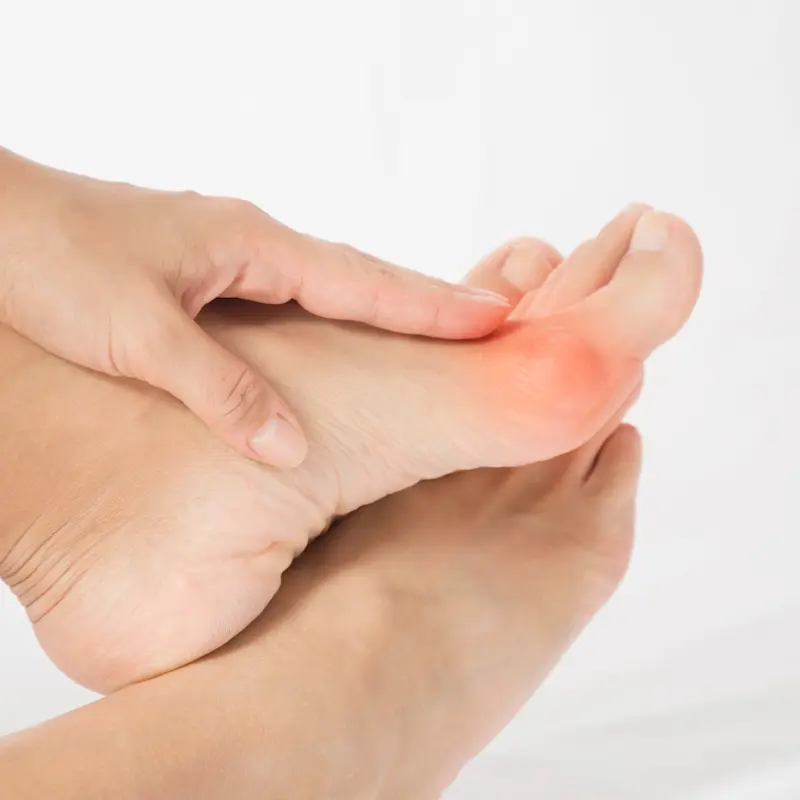
What is Wound and Diabetic Foot Care?
Wound and Diabetic Foot Care involves specialized treatment strategies to manage and heal foot wounds, particularly in individuals with diabetes.
Foot health is essential for overall well-being. Since your feet are vital for daily activities, foot injuries can significantly impact your quality of life. Common foot wounds can be treated by podiatrists. To maintain foot health, it’s important to prioritize prevention, regular check-ups, and proper at-home care. Remember, podiatric wound care is available if needed.
It’s crucial to be aware of potential foot problems. Regularly inspect your feet, or ask a loved one to help. Any open sore, especially on a diabetic’s foot, needs immediate attention. Signs of infection include yellow or bad-smelling discharge, swelling, pain, redness, or red lines. If you notice any of these, consult a podiatrist right away.
What might indicate a need for Wound and Diabetic Foot Care?
- Non-healing wounds or sores on the feet
- Swelling, redness, or warmth around a wound
- Pain or tenderness in the feet
- Changes in skin color or temperature
- Loss of sensation or tingling in the feet
Wound Treatment Options
Your podiatrist will create a customized treatment plan based on the wound’s severity, your overall health, and other factors. Several treatment options are available:
- Debridement: Removing dead tissue to promote healing and prevent infection. This can be done surgically or using special enzymes.
- Offloading: Reducing pressure on the wound by using special shoes, boots, or inserts to aid healing.
- Dressings: Protecting the wound, keeping it moist, and preventing infection with specific dressings and medications.
- Medication: Antibiotics or other drugs may be prescribed to fight infection.
- Stem Cell Therapy: Using your body’s own cells to speed up healing.
- Skin Grafting: Covering large wounds with skin from your body or other sources. Amniotic grafts are a newer option that can significantly improve healing time and reduce scarring.
Wound and Diabetic Foot Care FAQ
For a proper diagnosis and recommended treatment plan,
we suggest you consult with a podiatrist for professional help and care.















